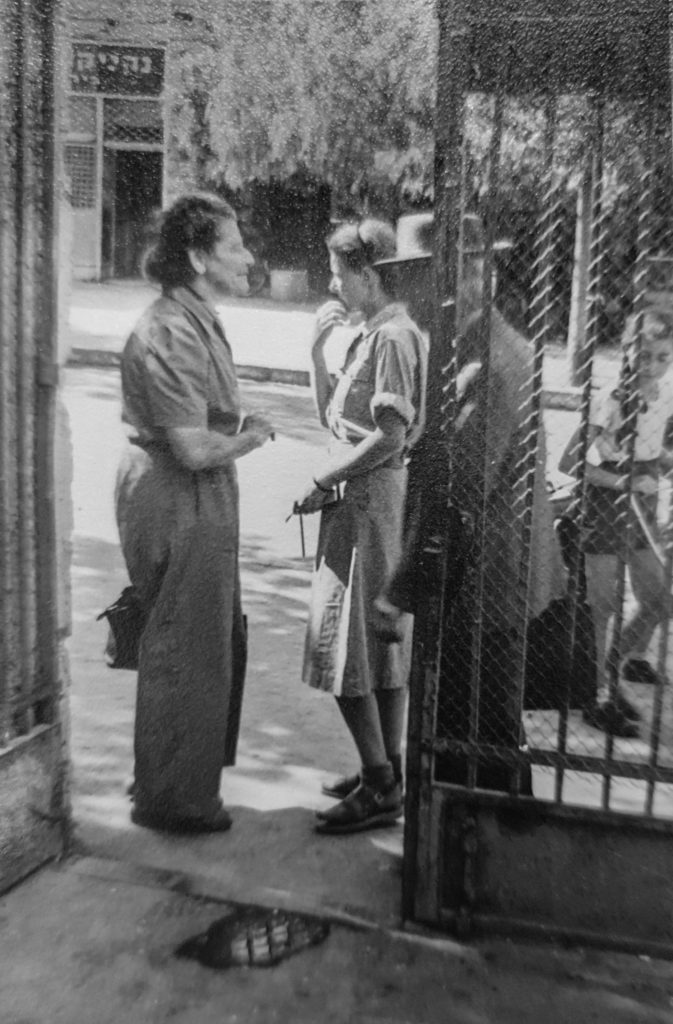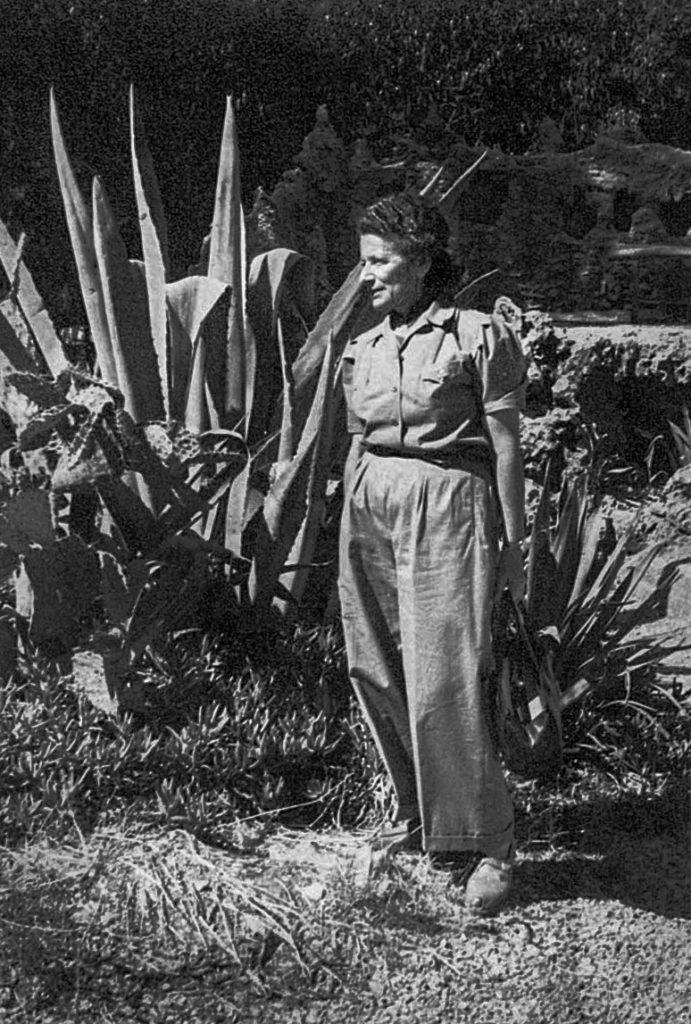Bella Thannhauser Wirz, 1890–1980, medical doctor specializing in pediatrics and sports medicine.

The daughter of a successful manufacturer in Munich, Isabella Thannhauser attended primary school and a secondary school for girls on Luisenstraße. Private lessons enabled her to receive a diploma from a high school for boys, which cleared her path to study medicine at the Ludwig Maximilian University. She married a fellow student Franz Wirz in 1917, the same year she received her license. Perhaps because she was married,1Munson, Kitty, Bella Thanhauser, accessed July 31, 1923. Kitty Munson has extensively chronicled her family history. Regarding Bella Thanhauser: “Once married, it was normal for a wife to stay home and take care of the house and children in those days so she did.” she worked as an unpaid assistant physician in the outpatient clinic of the Dr. von Haunerschen Kinderspital (Dr. von Hauner Children’s Hospital) until 1919.2Autenrieth, Andrea, Ärztinnen und Ärzte am Dr. von Haunerschen Kinderspital, die Opfer nationalsozialistischer Verfolgung wurden. Dissertation zum Erwerb des Doktorgrades der Medizin an der Medizinischen Fakultät der Ludwig-Maximilians-Universität zu München, 2012, p. 51. Her daughter, Liselotte (later Alisa) was born the following year. Dr. Wirz managed an infant welfare clinic in Munich until 1928. She divorced in 1928. After more unpaid work at the Städtische Kinderklinik (Municipal Children’s Clinic) in Düsseldorf for 2 years, she moved with her daughter to Berlin, where, between November 1929 and April 29, 1930, she worked under Heinrich Finkelstein, a pioneer in pediatric nutrition. She attended the Sozialhygenische Akademie (Academy of Social Hygiene) and assisted at the Reichsanstalt zur Bekämpfung der Säuglingssterblichkeit (Reich Institute to Combat Infant Mortality) before starting a practice as pediatrician in the Berlin district of Tegel.3 Bella Thannhauser / AEIK00141, Dokumentation Ärztinnen im Kaiserreich“, Institut für Geschichte der Medizin und Ethik in der Medizin, Charité – Universitätsmedizin Berlin, accessed July 31, 2023. Mother and daughter were forced to leave Germany after the institution of laws revoking the right of Jewish doctors to register with statutory health insurance bodies, effectively making it impossible for Jews to practice medicine. In 1933, the pair emigrated to Palestine. On April 4, 1942, Dr. Wirz’ sister, Josepha,4Josepha Thannhauser/981227, Das Bundesarchive Gedenkbuch, Victims of the Persecution of Jews under the National Socialist Tyranny in Germany 1933 – 1945. Accessed July31, 2023. a concert violinist, was deported to Piaski. Three months later, the Wirz sisters’ mother committed suicide in Munich.5 Lina Karolina Thannhauser/981230, ibid.
Dr. Wirz had a long career in Jerusalem in family, as well as sports, medicine. (She was herself a member of a synchronized swim team.) Around 1936, she moved to an apartment in 8 Keren Kayemet Street in Rehavia. Ismar David rented studio space from her in the basement of the building. He lived in 8 KKL Street with Dr. Wirz and her daughter from the late 1930s until he spent a year and a half working for the Bonds of Israel in the United States and, ultimately emigrated in 1952. Dr. Wirz maintained the studio and its contents for some time after David’s departure and we have her family to thank for the safekeeping of various documents and artifacts.


























